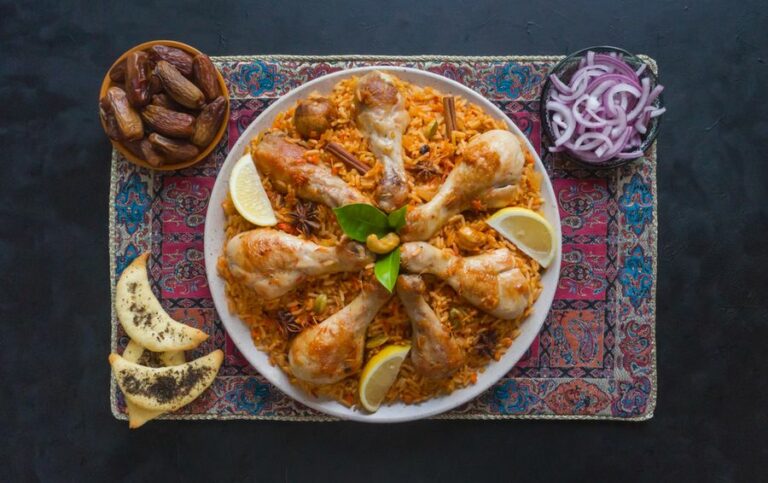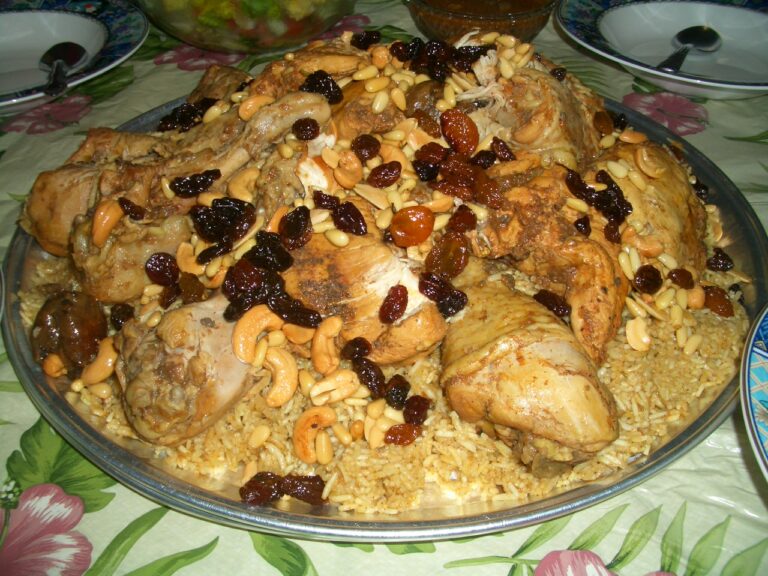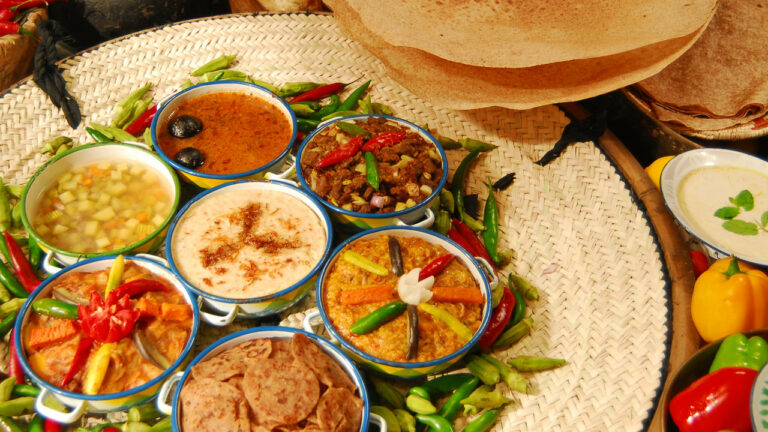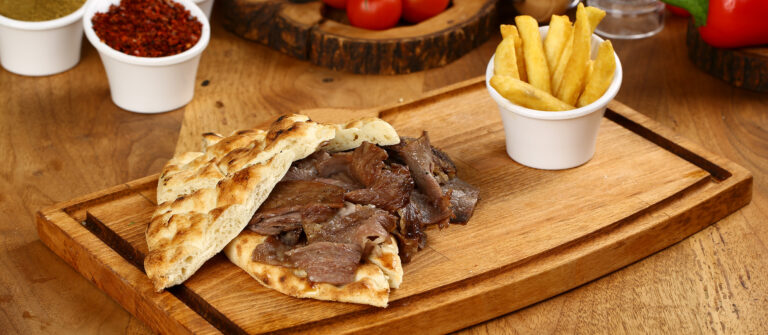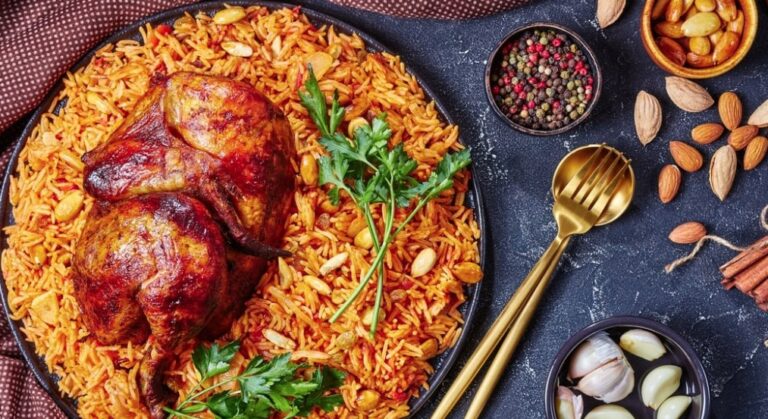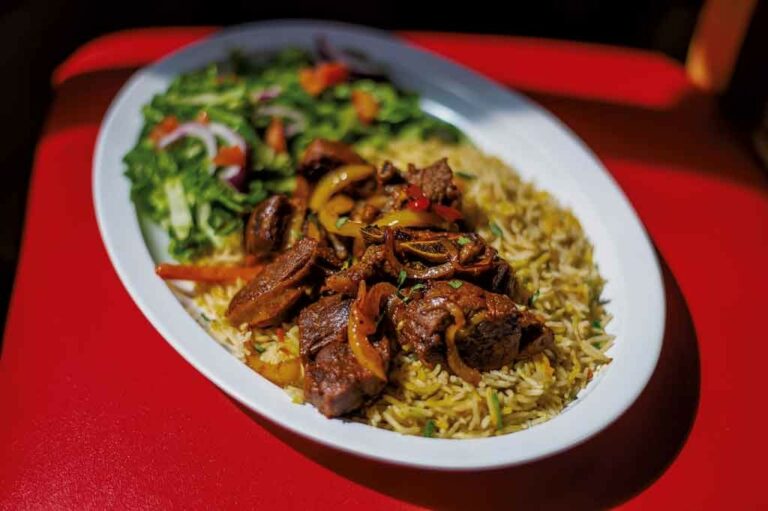Introduction
Saudi Arabian cuisine is a reflection of the country’s rich cultural heritage and diverse culinary traditions. Soups and stews are popular dishes in Saudi Arabia, especially during the winter months. These hearty and warming dishes are often made with a variety of ingredients, including meat, poultry, grains, legumes, vegetables, herbs, spices, and seasonings. In this article, we’ll explore some of the common ingredients used in Saudi Arabian soups and stews.
Meat and poultry
Meat and poultry are commonly used in Saudi Arabian soups and stews. Lamb, chicken, and beef are popular choices. The meat is often cooked slowly over a low flame to make it tender and flavorful. Some dishes also use goat meat, which adds a unique flavor to the soup or stew. Camel meat is also sometimes used, especially in the central and eastern regions of the country.
Grains and legumes
Grains and legumes are essential ingredients in many Saudi Arabian soups and stews. Rice, lentils, and chickpeas are popular choices. These ingredients are often cooked with the meat to make a hearty and filling dish. Barley is also used in some stews, especially in the northern regions of the country. Bulgur wheat is another popular ingredient, often used in a dish called “harees”, which is a thick porridge-like soup made with meat and spices.
Vegetables and herbs
Vegetables and herbs are used in many Saudi Arabian soups and stews to add flavor and nutrition. Onions, garlic, and tomatoes are common ingredients, as well as carrots, turnips, and potatoes. Other vegetables that are used include eggplant, zucchini, and pumpkin. Herbs like parsley, cilantro, and mint are also used to add a fresh and fragrant flavor to the dish.
Spices and seasonings
Spices and seasonings are an essential part of Saudi Arabian cuisine. Cumin, coriander, and turmeric are commonly used in soups and stews, as well as black pepper and cinnamon. Other spices that are used include cardamom, cloves, and nutmeg. Bay leaves and dried lime are also popular seasonings that add a unique flavor to the dish.
Popular soups and stews
There are many popular soups and stews in Saudi Arabia. One of the most famous is “shorba”, which is a traditional soup made with lamb, lentils, and spices. Another popular dish is “thareed”, which is a stew made with bread, meat, and vegetables. “Margoog” is a stew made with chicken, vegetables, and spices, and is often served with rice. “Jareesh” is a porridge-like soup made with barley and chicken, while “harees” is a thick soup made with bulgur wheat and meat. These dishes are all hearty and flavorful, reflecting the rich culinary heritage of the country.

